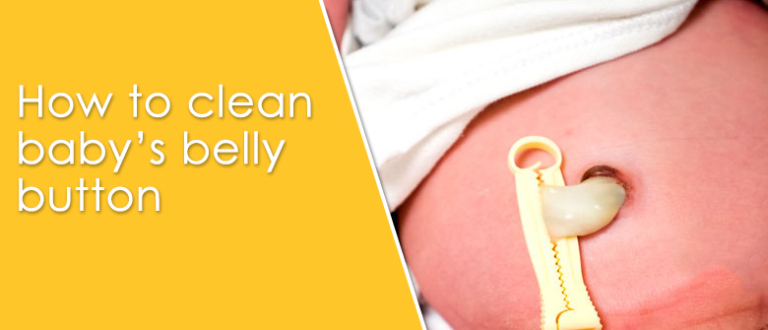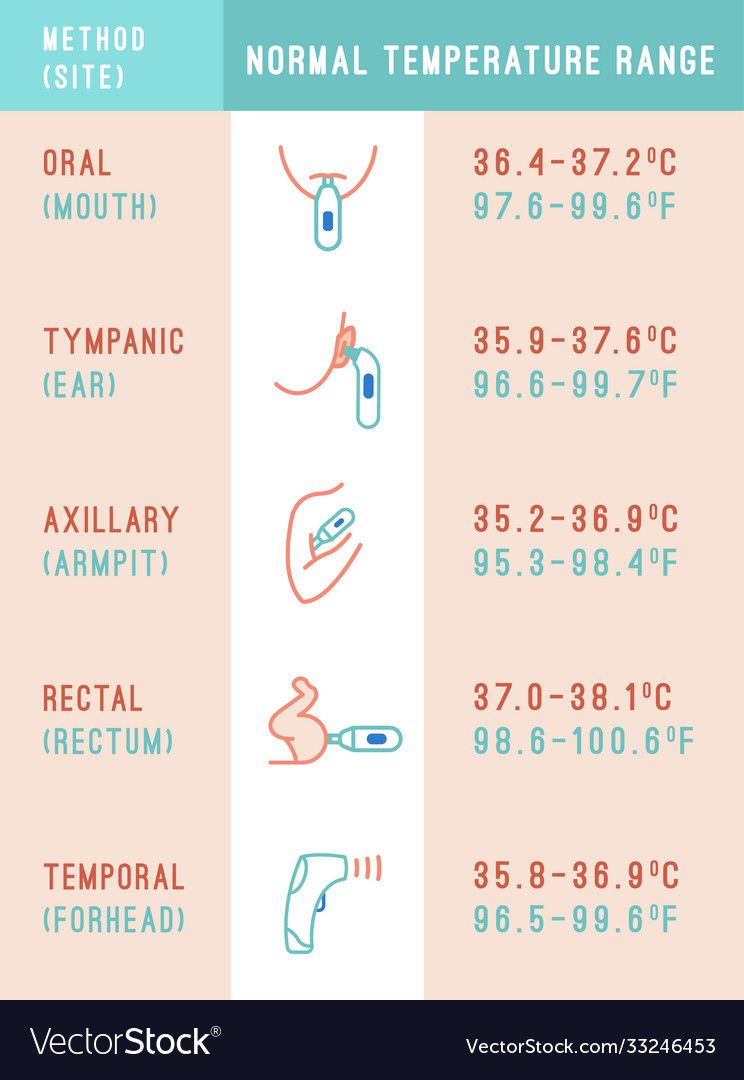How to Remove Slime from Clothing: A Comprehensive Guide
Slime, a popular children’s plaything, can leave behind a sticky mess when it gets on clothing. But don’t despair! Removing slime from clothes is possible with the right techniques and a little patience. This guide will provide you with everything you need to know about identifying the type of slime, using home remedies and commercial products to remove it, and preventing future slime stains.
Before you begin the removal process, it’s essential to identify the type of slime you’re dealing with. Different types of slime require different removal methods. Once you’ve identified the slime, you can choose the most effective removal method for your situation.
Identifying the Type of Slime
Bloomin’ heck, mate! You’ve got slime on your clobber? Don’t fret, fam. We’ll sort it out, no sweat. First off, let’s suss out what type of slime you’re dealing with. There’s a right royal assortment of slimes out there, from glue-based to cornstarch-based and everything in between.
If your slime is clear and gooey, like the stuff you made in science class, chances are it’s PVA glue-based. On the other hand, if it’s opaque and resembles a bowl of custard, it’s probably cornstarch-based. Another type of slime, known as borax slime, is stretchy and bouncy, thanks to the borax powder used in its creation.
Testing the Slime
Not sure which type of slime you’re facing? No worries, there’s a quick test you can do. Grab a small piece of the slime and give it a gentle squeeze. If it stretches like a rubber band, it’s borax slime. If it’s more like a gloopy mess, it’s either glue-based or cornstarch-based. To tell the difference between these two, add a few drops of water to the slime. If it dissolves, it’s glue-based. If it stays the same, it’s cornstarch-based.
Home Remedies for Slime Removal

If you’ve got a slime situation on your hands, don’t panic! There are a few simple home remedies that can help you get that slime out of your clothes and back to looking their best.
The key to removing slime from clothing is to act quickly. The longer the slime sits on the fabric, the harder it will be to remove. So, if you spill slime on your clothes, don’t wait to treat it.
Vinegar
- Vinegar is a natural solvent that can help to break down slime. To use vinegar to remove slime from clothing, follow these steps:
- Blot up as much of the slime as possible with a clean cloth.
- Apply white vinegar to the stained area and allow it to sit for 30 minutes.
- Rinse the area with cold water and then wash the garment as usual.
Baking Soda
- Baking soda is another effective way to remove slime from clothing. To use baking soda to remove slime from clothing, follow these steps:
- Blot up as much of the slime as possible with a clean cloth.
- Make a paste of baking soda and water and apply it to the stained area.
- Allow the paste to sit for 30 minutes and then rinse the area with cold water.
- Wash the garment as usual.
Dish Soap
- Dish soap is a good option for removing slime from clothing because it is a degreaser. To use dish soap to remove slime from clothing, follow these steps:
- Blot up as much of the slime as possible with a clean cloth.
- Apply a few drops of dish soap to the stained area and rub it in gently.
- Rinse the area with cold water and then wash the garment as usual.
Commercial Products for Slime Removal
Commercial products are specifically designed to remove slime from various surfaces, including clothes. They offer a convenient and effective solution, often outperforming home remedies. Here’s a comparison of different commercial products to help you choose the best option for your needs:
Product Comparison Table
| Product | Effectiveness | Ease of Use | Potential Drawbacks |
|---|---|---|---|
| Slime Away | Highly effective against most types of slime | Easy to apply, non-toxic | Can be expensive |
| Goo Gone | Effective against sticky slime | Convenient spray bottle, citrus-based formula | May leave a residue on some fabrics |
| WD-40 | Lubricates and loosens slime | Versatile, can be used on other surfaces | May damage delicate fabrics |
| Baking Soda and Vinegar | Natural and inexpensive | Requires mixing and preparation | May not be as effective as commercial products |
Consider the type of slime, fabric, and your budget when selecting a commercial product. Always read the instructions carefully and test the product on an inconspicuous area of the garment first.
Stain Removal Techniques
Once the slime has been removed from the clothing, it’s time to tackle the stains. Here are the steps involved in removing slime stains from clothing:
- Rinse the stained area with cold water. This will help to remove any remaining slime residue.
- Apply a stain remover to the stained area. There are a variety of stain removers available, so be sure to choose one that is specifically designed for the type of stain you are trying to remove.
- Allow the stain remover to sit on the stained area for the amount of time specified on the product label.
- Rinse the stained area with cold water.
- Launder the clothing as usual.
If the stain is still visible after laundering, you may need to repeat the steps above. You may also want to try using a different stain remover or pre-treating the stain with a commercial pre-treatment product.
Pre-treating
Pre-treating a slime stain can help to loosen the stain and make it easier to remove. There are a variety of commercial pre-treatment products available, or you can make your own pre-treatment solution using white vinegar or lemon juice.
- Apply the pre-treatment solution to the stained area.
- Allow the pre-treatment solution to sit on the stained area for the amount of time specified on the product label.
- Rinse the stained area with cold water.
- Launder the clothing as usual.
Laundering
When laundering clothing with slime stains, it is important to use cold water. Hot water can set the stain and make it more difficult to remove.
You may also want to add a cup of white vinegar to the washing machine. Vinegar is a natural stain remover and can help to brighten whites.
Preventing Future Slime Stains
Slime stains can be a real pain, so it’s best to avoid them in the first place. Here are a few tips to help you keep your clothes slime-free:
– Be careful when handling slime. Don’t let it get on your clothes, and if it does, wash it off immediately.
– Store slime properly. Keep it in a sealed container when you’re not using it.
– Teach kids how to handle slime safely. Make sure they know not to get it on their clothes or furniture.
– Use a slime mat. This can help to catch any slime that spills.
– Wear an apron or old clothes when playing with slime. This will help to protect your clothes from stains.
– Wash your hands after playing with slime. This will help to prevent slime from getting on your clothes or other objects.
– If you do get slime on your clothes, don’t panic. There are a few things you can do to remove it.
Proper Slime Handling and Storage Techniques
To prevent slime stains, it’s important to handle and store slime properly. Here are a few tips:
– Always play with slime on a clean surface. This will help to prevent dirt and other particles from getting into the slime and staining your clothes.
– Don’t let slime get on your clothes. If it does, wash it off immediately.
– Store slime in a sealed container when you’re not using it. This will help to prevent it from drying out and becoming sticky.
– Keep slime out of reach of children and pets. This will help to prevent them from getting slime on their clothes or ingesting it.
By following these tips, you can help to prevent slime stains and keep your clothes looking their best.
Common Queries
Q: What is the best way to remove slime from clothing?
A: The best way to remove slime from clothing depends on the type of slime. For glue-based slime, use vinegar or rubbing alcohol. For cornstarch-based slime, use dish soap or laundry detergent. For commercial slime, check the product label for specific removal instructions.
Q: How do I prevent slime from getting on my clothes?
A: To prevent slime from getting on your clothes, keep it in a sealed container when not in use. If slime does get on your clothes, remove it immediately to prevent staining.
Q: Can I use bleach to remove slime from clothing?
A: No, do not use bleach to remove slime from clothing. Bleach can damage the fabric and make the stain worse.





